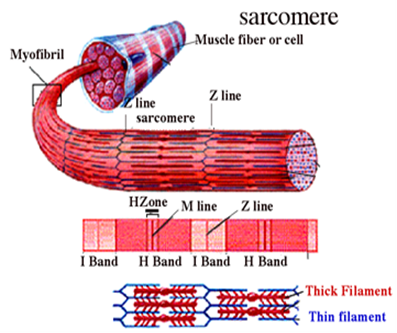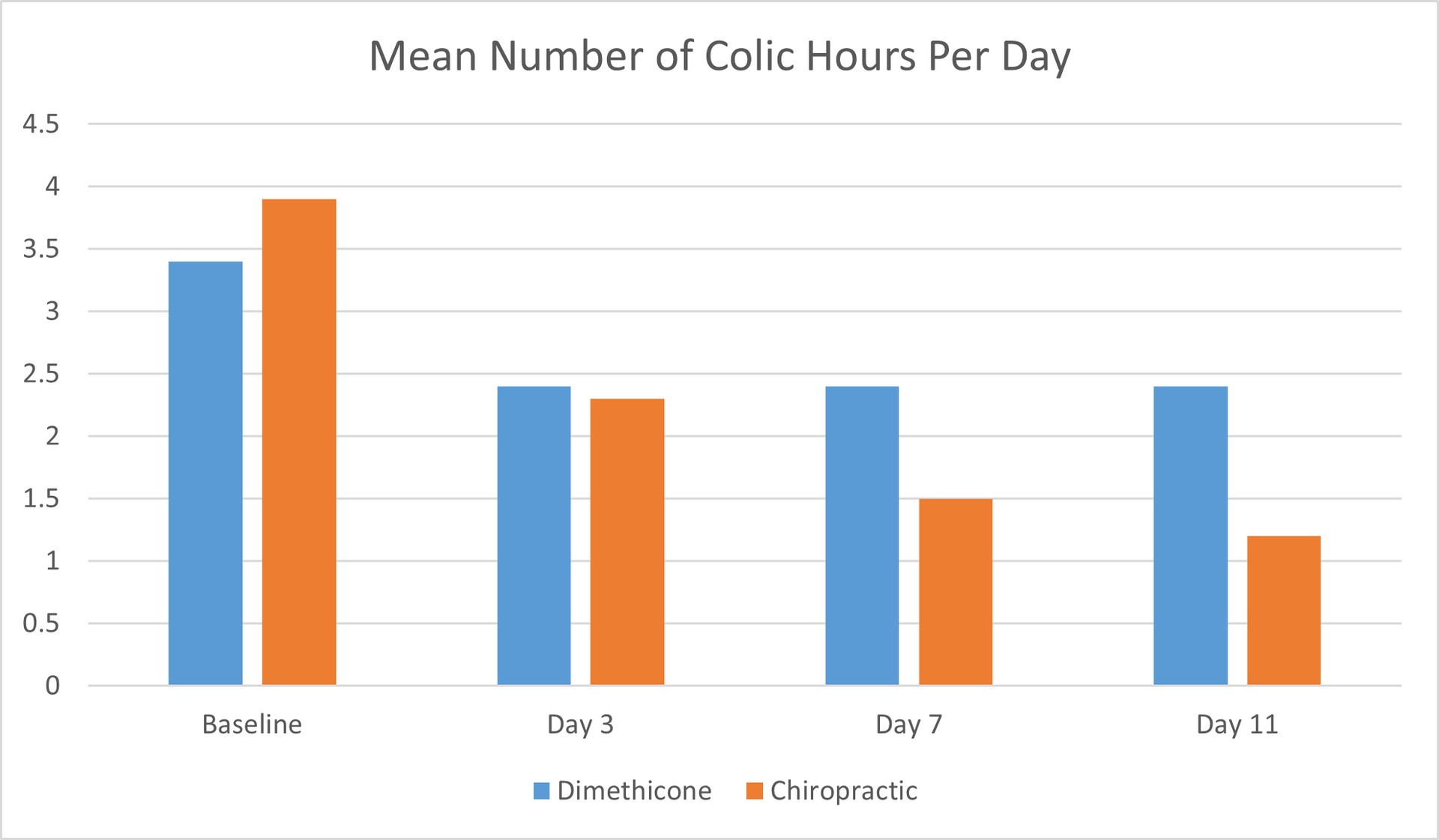POSTURAL IMBALANCES: THE GOOD, THE BAD, & THE UGLY
Remember the days of parents and grandparents nagging you to “stand up straight” and “STOP slouching”? Wasn’t that annoying? Well … they were right. Posture has huge influences on health.
Gradual shifts of body position over time slowly weaken the muscles and ligaments while wearing away at joints and discs. Forward head posture is one of the leading causes of neck, upper back and shoulder pain. Chronic pain syndromes, headaches and jaw issues may appear if arthritic changes progress and postural imbalances remain uncorrected. 1,2,3
Research has shown that not only can faulty posture be a pain in the neck, but the effects of poor posture can also pose significant health risks to many systems in the body, specifically the respiratory, circulatory and digestive systems. 4
“Posture affects and moderates every physiologic function from breathing to
hormonal production. Spinal pain, headache, mood, blood pressure, pulse and lung
capacity are among the functions most easily influenced by posture.” 5
The chiropractic adjustment is very effective in reducing pain caused by joint restriction (fixation) and malposition (subluxation). However, if poor posture is the cause of these subluxations, symptoms are likely to recur if your posture is not corrected. For that reason, Integrity chiropractors, Dr. Leatherman and Dr. Bak, have both completed over 200 hours of post-doctoral training in CHIROPRACTIC BIOPHYSICS (CBP), and continually train to specifically correct postural imbalances of the spine. 6
So what is Posture, Ideal Posture or an Ideal Spine?
Posture is the way your body is held in space – standing and sitting under gravity (gravitational load). If your body has proper posture, there is balance to your physical structures and your spine requires minimal effort to maintain your body in a neutral position. Certain physical structures in your body line up correctly with your center of gravity.
At Integrity Chiropractic, our doctors evaluate your posture visually from the front and the side as well as measure it on x-rays for a complete analysis. This has been extensively studied and normative values have been published. 7, 8, 9
There are over 220 published papers on CBP technique of correcting abnormal postures towards normal. Ask your CBP chiropractor to evaluate your posture according to the literature. 10
Typical Body Stressors of Bad Posture
Medical doctors have reported, and chiropractors agree that for every inch that your head is held forward, an additional 10 pounds of pressure is placed on the supporting tissues of your neck and shoulders. Muscles along the rear of your neck and the upper back are required to accommodate for this extra load. As a result, they’ll experience greater stress and strain. 11
Whenever the position of your body moves away from its center of gravity, your joints are taken out of their normal, stress-free positions and initiates abnormal wear and tear. Over time, joint cartilage erosion, bone spurs and pinched nerves are evidence of this phenomenon.
Common symptoms and pain presentation of poor posture may include:
- Headaches: back of the head, front of the head and the sides of the head.
- Muscle pain (aching or burning) and tightness
- Nerve pain (shooting, sharp or aching) traveling down the arm or leg
- Joint pain (aching, sharp or stabbing) and restriction
- Ligament or tendon pain (aching, sharp or diffuse)
- Loss of range of motion, stiffness, tightness, inability to look over your shoulders.
Without a trained Chiropractor, here are three quick self-tests you can perform to evaluate posture:
- Look in a mirror. Eyes, ears, shoulders, elbows, hands and hips should each line up horizontally from left to right. You should also be able to draw a straight line from the ground upward which centers to the body from your knees, pelvis, belly button, sternum, chin, nose and forehead.
- Stand with your heels, back and buttocks against a wall. Does your head easily rest against the wall too? If it doesn’t, you may have an increased back curve and definitely have forward head posture.
- Lie down on your back on a hard surface. Does your head rest on the floor? Can you look straight up to the ceiling? If you feel your head tilt backward, or aren’t looking straight above you, your upper or lower back curve may be the cause of your faulty posture.
The basics of Improving Posture 12, 13
- Be aware. Practicing awareness of your posture is a first step to correcting it.
- Check the ergonomics of your desk/workspace and correct for poor postures while seated. At Integrity Chiropractic we have our patients get pictures of their workspace with them interacting in it so that we can correctly modify it to reduce spinal stress.
- Take regular breaks from sitting at a computer. Research shows a strong correlation between neck pain and lengthy computer usage. 14
- Use a proper pillow for sleep. Avoid sleeping on your stomach.
- Stretch muscles that are too tight, and strengthen the weak postural muscles. A properly trained chiropractor can teach you correct techniques.
- Get adjusted. When your spine moves properly, it has the best chance to position itself properly.
- Seek out a CBP certified Chiropractor to correct the spine with mirror image traction. 15
REFERENCES:
- Gore DR, Sepic SB & Gardner GM. Roentgenographic findings of the cervical spine in asymptomatic people. Spine 1986 Jul-Aug; 11(6): 521-4.
- Gore DR. Roentgenographic findings in the cervical spine in asymptomatic persons: a 10-year follow-up. Spine 2001 Nov 15; 26(22): 2463-6.
- Saunders ES, Woggon D, Cohen C & Robinson DH. Improvement of cervical lordosis and reduction of forward head posture with anterior head weighting and proprioceptive balancing protocols. J Vertebral Subluxation Res 2003 Apr 27: 1-5.
- Martin-Du Pan RC, Benoit R & Girardier L. The role of body position and gravity in the symptoms and treatment of various medical diseases. Swiss Med Wkly 2004 Sep 18; 134(37-38):543-51.
- American journal of Pain Mangement. 1994; 4: 36-39
- Wallace HL, Jahner S, Buckle K, Desai N. The relationship of changes in cervical curvature to Visual Analog Scale, Neck Disability Index Scores and pressure algometry in patients with neck pain. Journal of Chiropractic Research and Clinical Investigation 1994; 9(1): 19-23
- Spine (Phila Pa 1976). 1996 Mar 15;21(6):667-75. Comparisons of lordotic cervical spine curvatures to a theoretical ideal model of the static sagittal cervical spine. Harrison DD1, Janik TJ, Troyanovich SJ, Holland B.
- J Manipulative Physiol Ther. 1997 May;20(4):246-56. Evaluation of the assumptions used to derive an ideal normal cervical spine model. Harrison DD1, Janik TJ, Troyanovich SJ, Harrison DE, Colloca CJ.
- J Spinal Disord. 1997 Oct;10(5):380-6. Radiographic mensuration characteristics of the sagittal lumbar spine from a normal population with a method to synthesize prior studies of lordosis. Troyanovich SJ1, Cailliet R, Janik TJ, Harrison DD, Harrison DE.
- https://cbpnonprofit.com/
- Cailliet R. Soft Tissue Pain and Disability. Philadelphia: FA Davis Co.,1977
- American Chiropractic Association. Tips to Maintain Good Posture. http://www.acatoday.org/content_css.cfm? CID=1452
- Canadian Chiropractic Association. Back Facts: Posture. http://www.chiropracticcanada.ca
- Smith L, Louw Q, Crous L & Grimmer- Somers K. Prevalence of neck pain and headaches: impact of computer use and other associative factors. Cephalgia 2009 Feb; 29(2): 250-7.
- www.Idealspine.com/directory/









